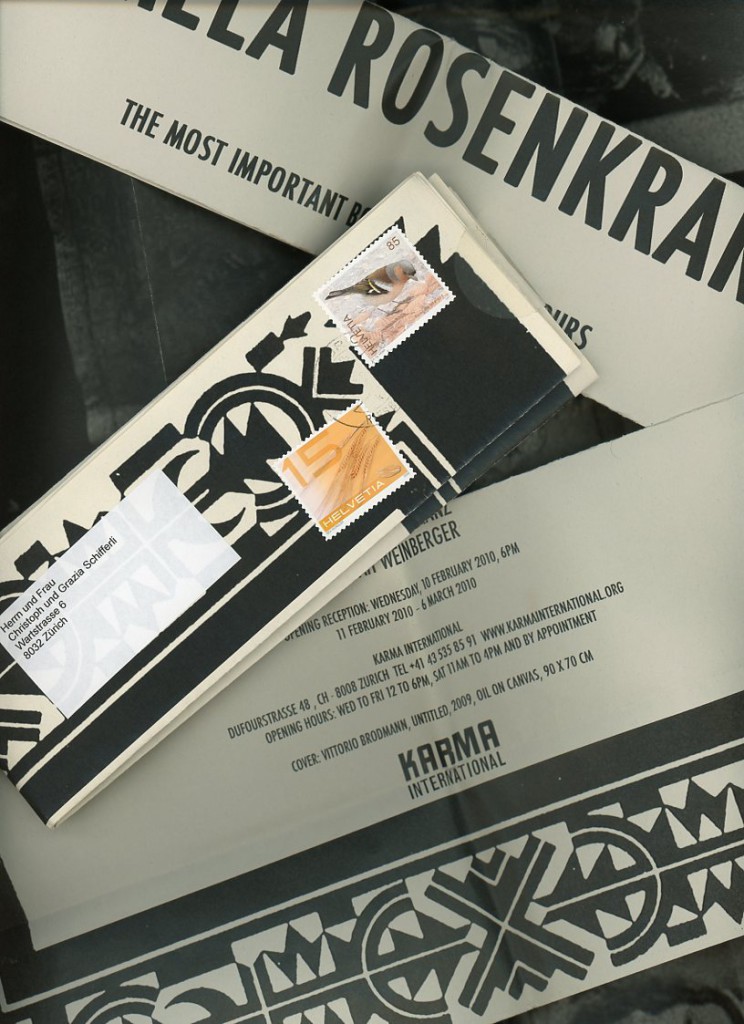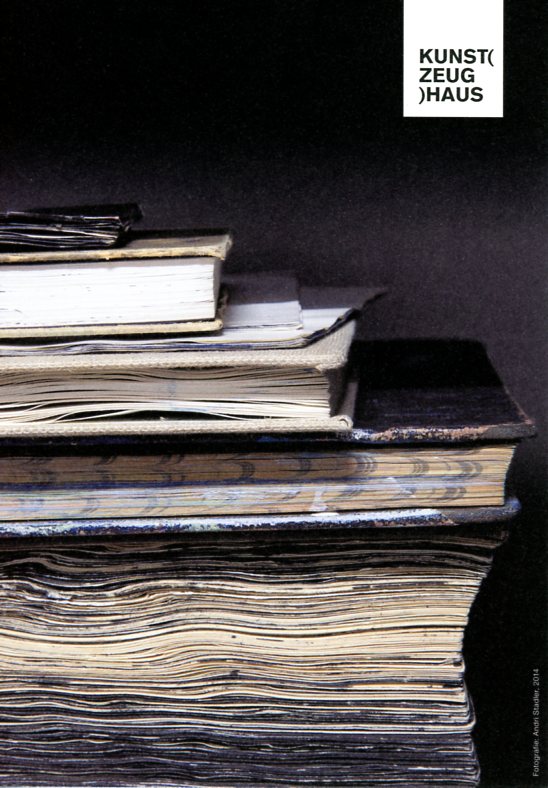
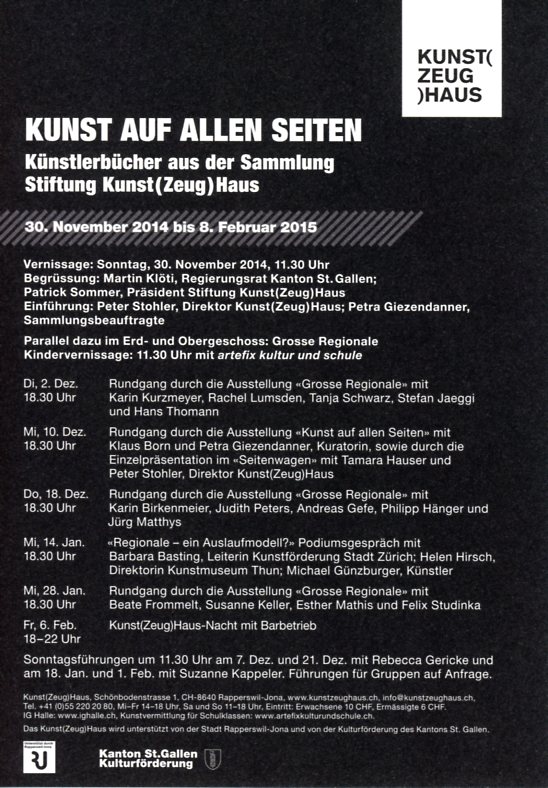
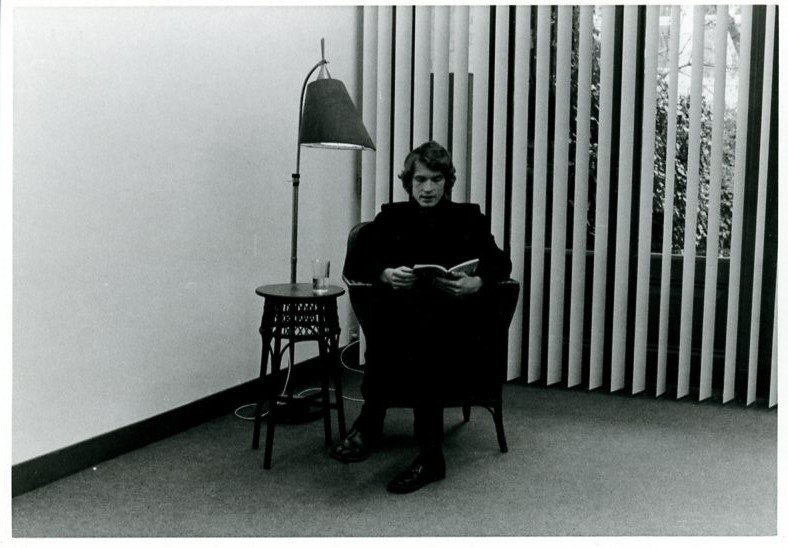
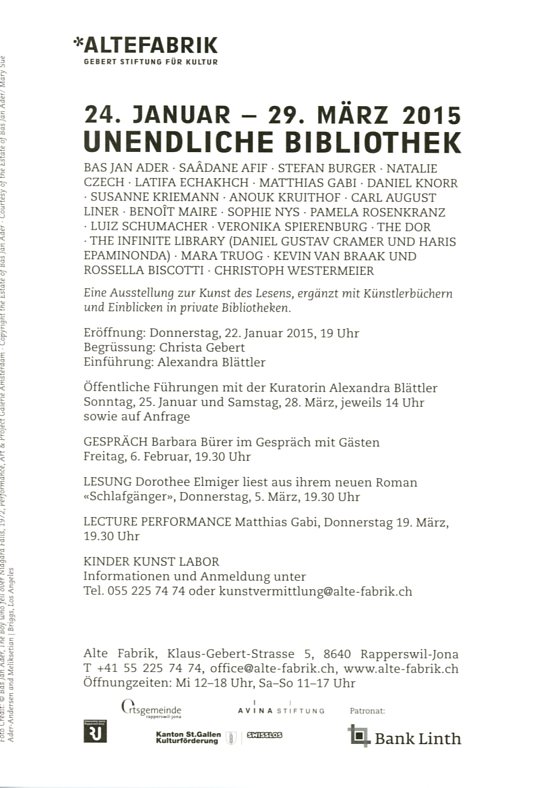
Aus Bibliotheken wird man klug. Zwei Ausstellungen, fast gleichzeitig, beide mit Büchern. Was ist eine Bibliothek anderes als eine katalogisierte Sammlung? Thomas Schlup
Don Brown
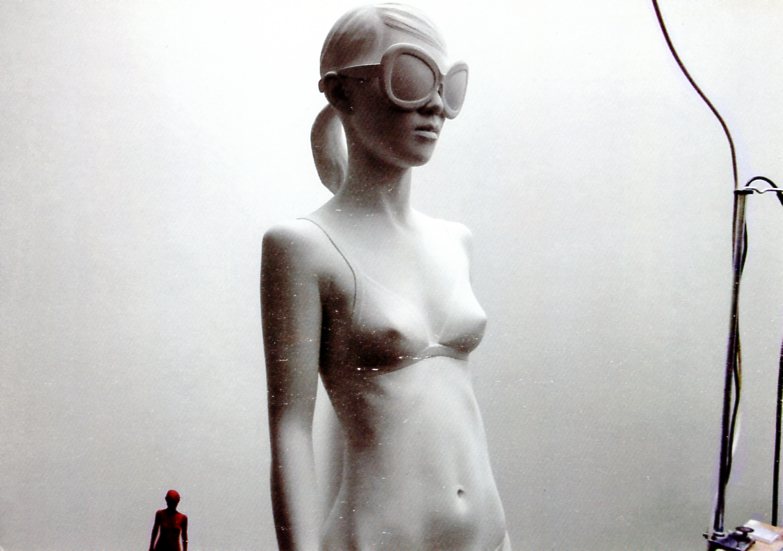
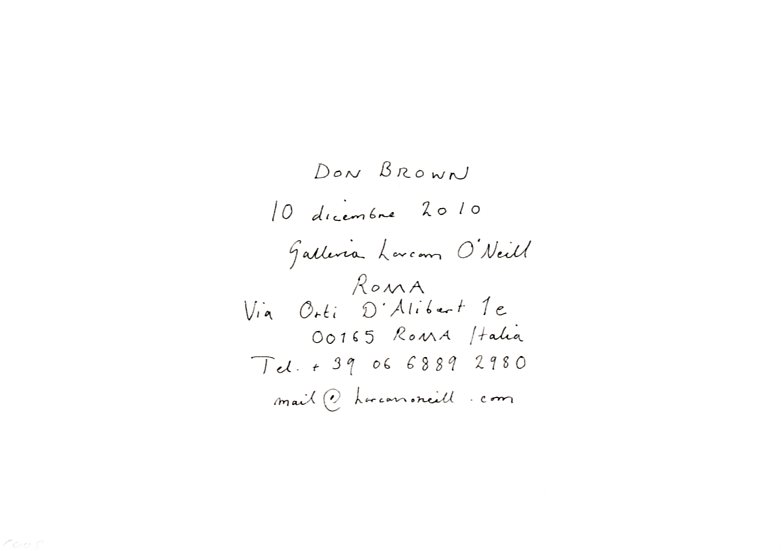
Don Brown is a sculptor best known for his dedication to varied depictions of his wife, Yoko. Since 1999, Brown has been producing three-quarter or half-scale portraits of Yoko using a classical tradition of representational sculpture, but without heroism or idealization. The figure, almost always with downcast or closed eyes, appears in various states of dress—sometimes obscured
Tim Rollins and K.O.S.
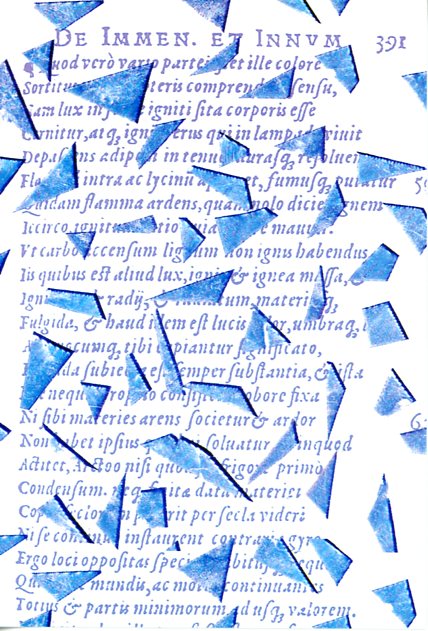
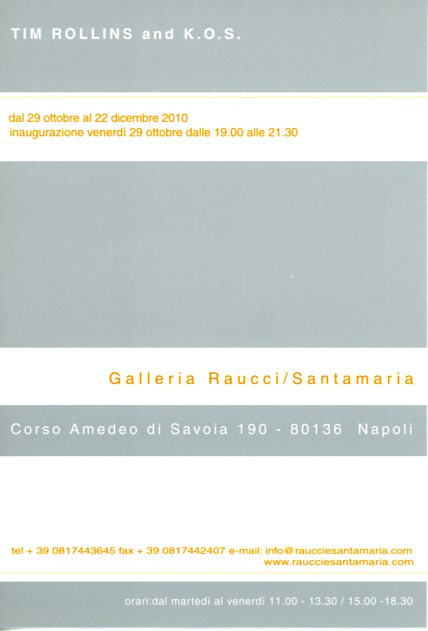
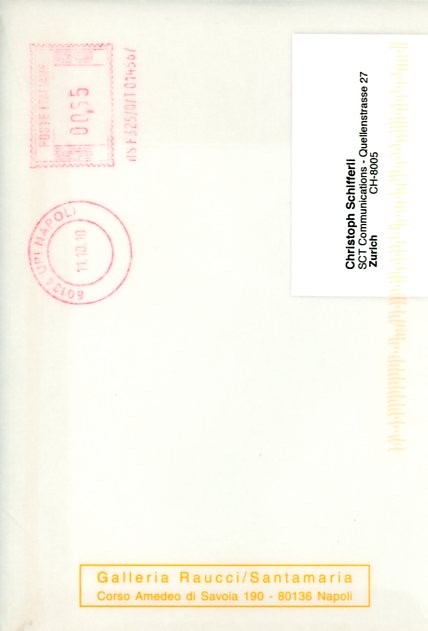
“What began in the 1980s as a program for South Bronx teenagers with learning disabilities grew quickly into a successful art collective called Tim Rollins and K.O.S. (Kids of Survival), whose works are in the collections of major museums. Now it’s composed of four middle-aged men: the brothers Angel Abreu and Jorge Abreu, Rick Savinon and Robert Branch.” Ted Loss in January 2021 in “The Kids of Survival Are Middle-Aged — and Transforming Yet Again” in The New York Times article.
This invitation card comes from the Neapolitan Galleria Raucci/Santamaria (est. 1992) for their show in 2010, here some images. Tim Rollins died in 2017.
Comment by user Thomas Schlup: “Tim Rollins und seine Kids of Survival nehmen alte Drucke und befördern sie in die Gegenwart. Aus der South Bronx an den Fuss des Vesuv. Die Schrift: möglicherweise ‘Aldus’. Die erste Kursive Druckschrift. Aus der Zeit, als die ‘Bembo’ geschnitten wurde, heute noch eine der lesbarsten Schriften überhaupt. Aldus (Manutius) war der Namensgeber für die Firma mit dem ‘PageMaker’, als das Arbeiten am Computer noch Desktop Publishing hiess. Essentiell: das hauchzart durchscheinende Couvert.”
Peter Wiedenmeier
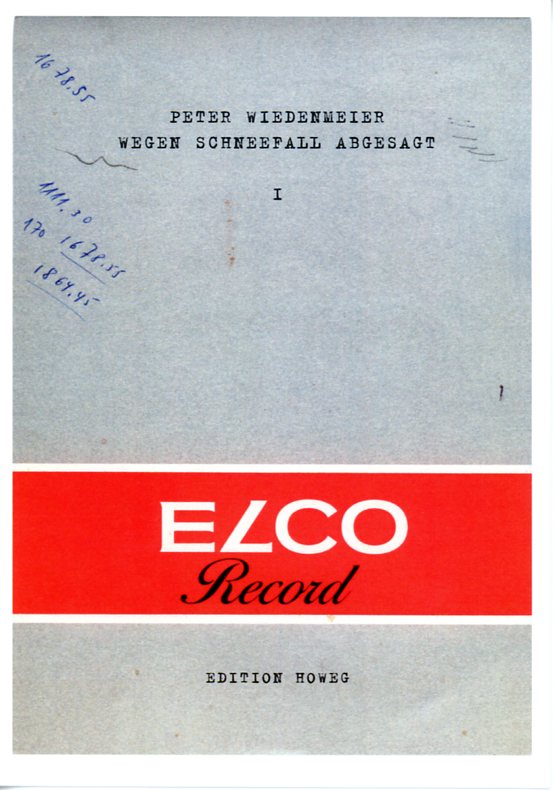
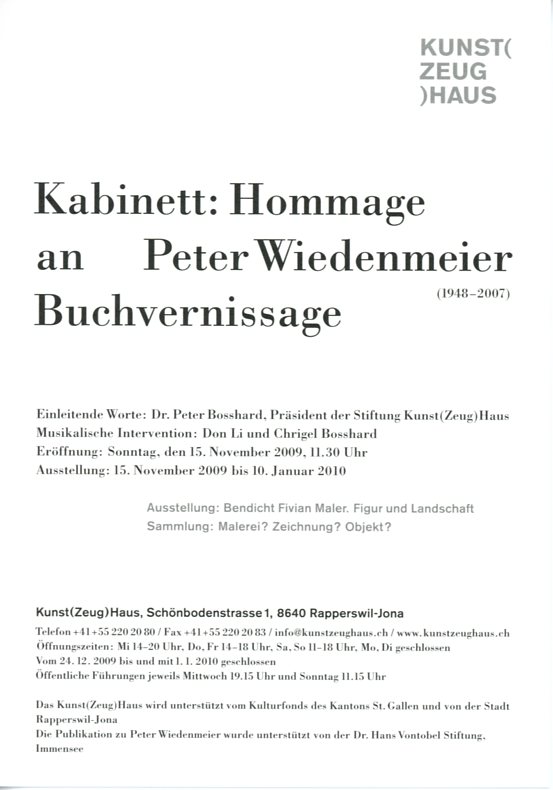
‘Wegen Schneefall abgesagt’ teilt uns Peter Wiedenmeier mit, auf einer nebelgrauen Fläche, die alles zudeckt. Die Kugelschreiberzahlen könnten Pegelstände bedeuten. ‘Elco’ für Schreibmaterialen und Couverts, schön geschwungene Schnüerlischrift. Die gedruckte Seite der Karte macht dann deutlich weniger her. Thomas Schlup
Raymond Roussel @ Buchholz
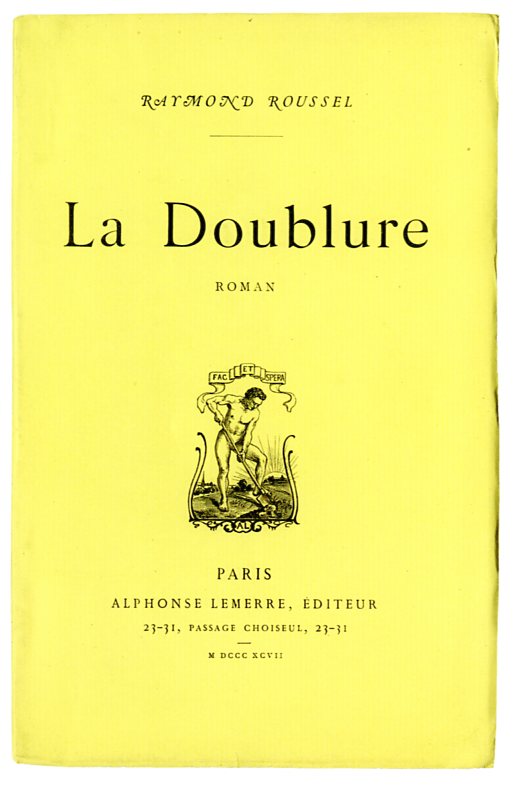
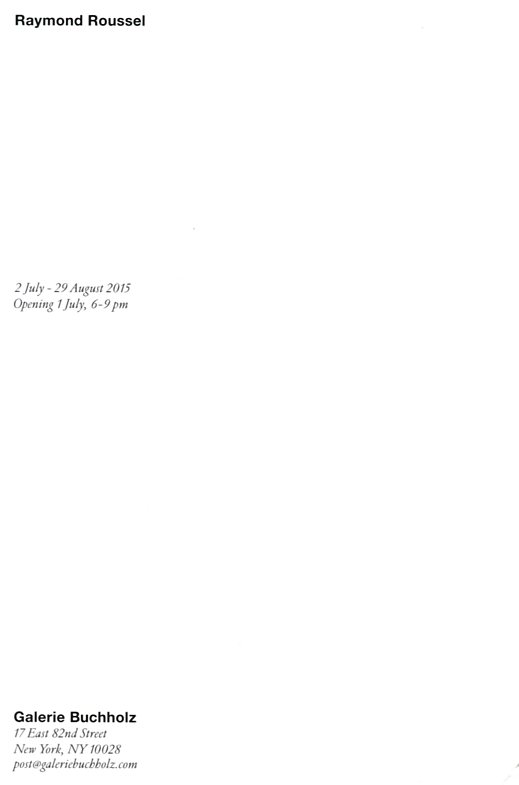
Galerie Buchholz shows more than a few brilliant artists. Sometimes, the gallery organizes shows that we would love to organize too — and we love Daniel and Christopher for doing so. In this case about famed French author Raymond Roussel who wrote New Impressions of Africa and Locus Solus. Check Buchholz’ shows on RR here and here. Roussel died in 1933 in a hotel in Palermo, the beloved Italian author Leonardo Sciascia wrote about it.
“Docilement une brillante fanfare éclata, sortant d’une foule de pavillons d’inégale grosseur tassés en groupe compact.” Raymond Roussel
They Printed It!
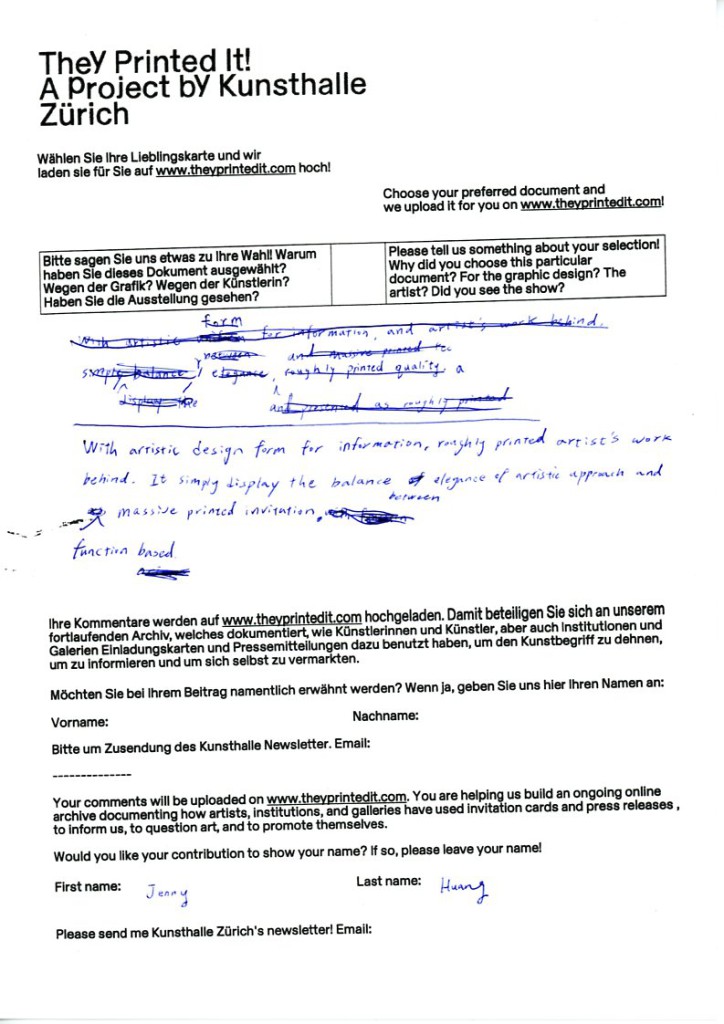
The message is the medium. A review of the exhibition. Thomas Schlup
Robert Kinmont
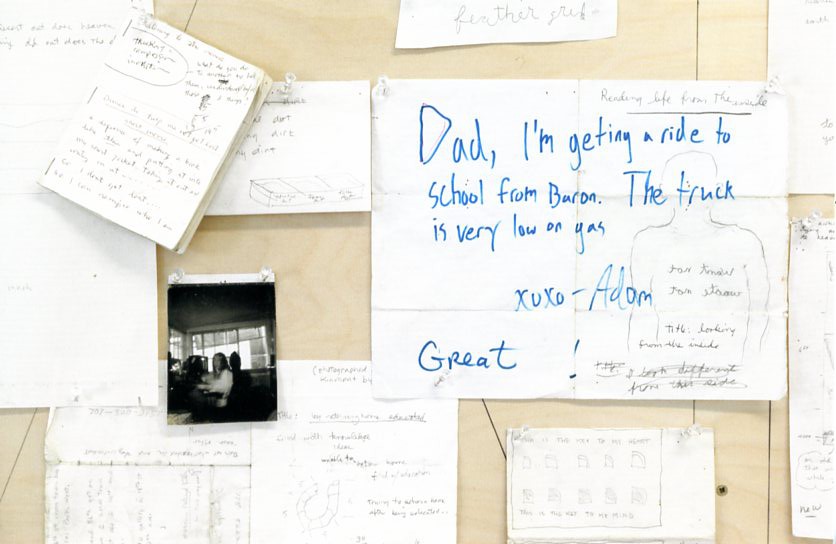
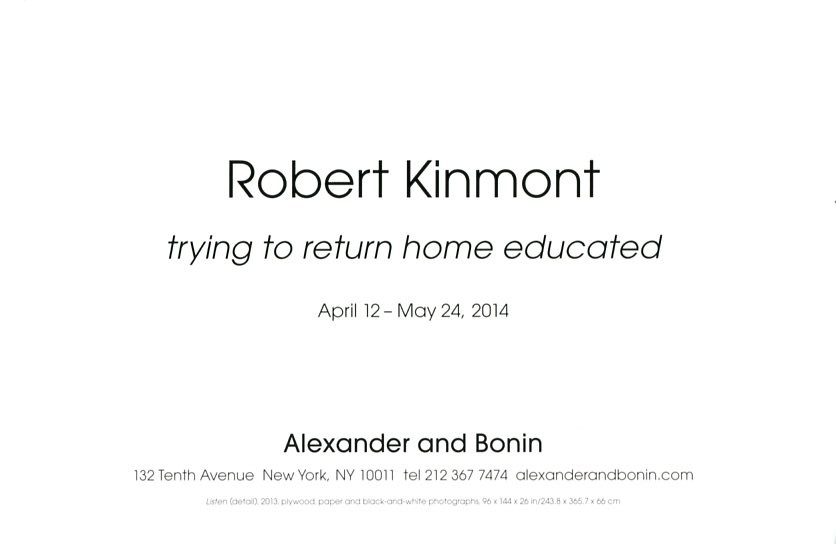
Robert Kinmont (b. 1937, Los Angeles) currently lives in Northern California. Between 1968 and 1981, he exhibited in galleries and institutions such as the San Francisco Museum of Art; the de Young Museum, San Francisco; the Smithsonian Institution, Washington D.C. and the 1968 “Sculpture Annual” at the Whitney Museum, New York. Between 1975 and 2004, Kinmont studied Buddhism and worked as a carpenter, returning to his artistic practice in 2005.
Exhibition announcement for this show at Alexander and Bonin.
Martin Honert
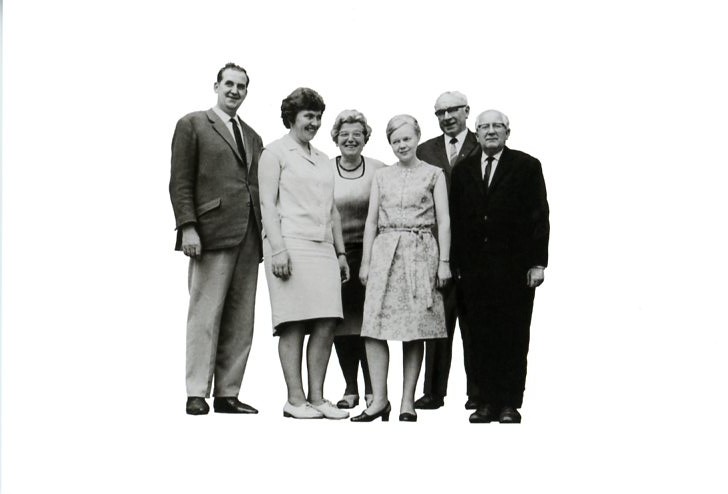
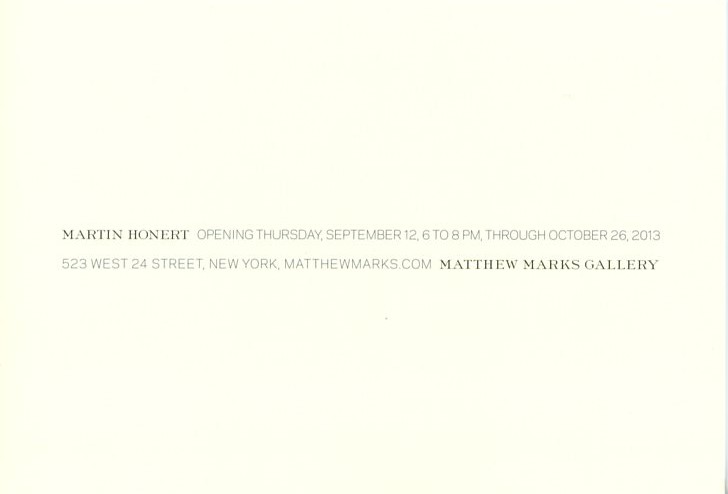
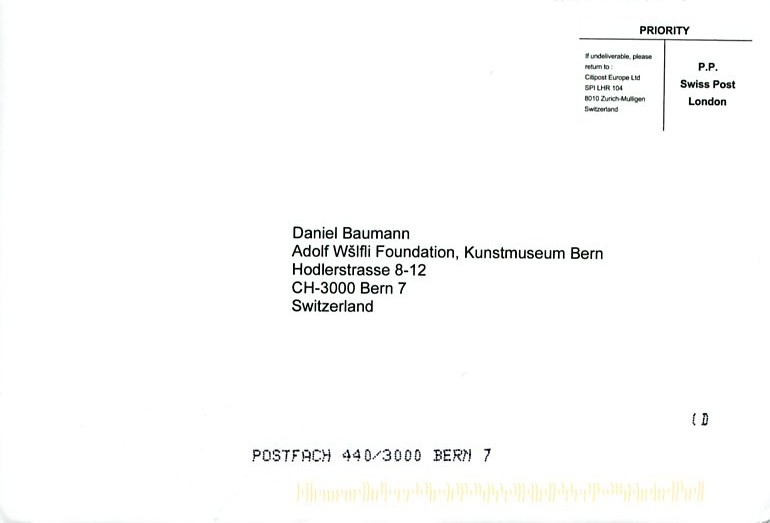
Martin Honert is a German artists born in 1953. He shows at the American gallery Matthew Marks. The gallery sends out some of the best invitation cards, and they certainly deserve a retrospective.
Thomas Hirschhorn
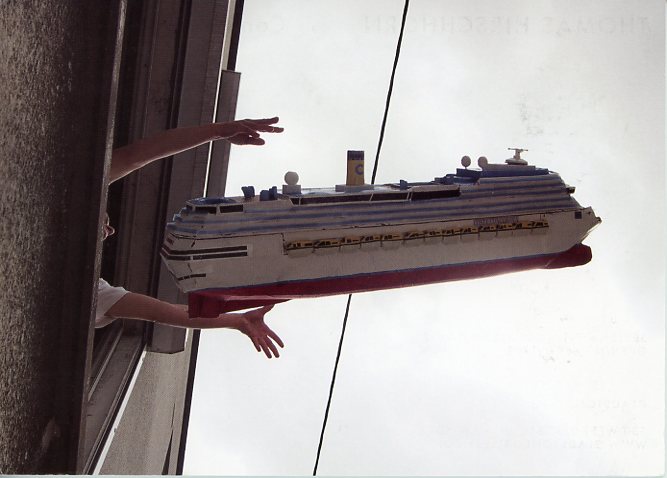
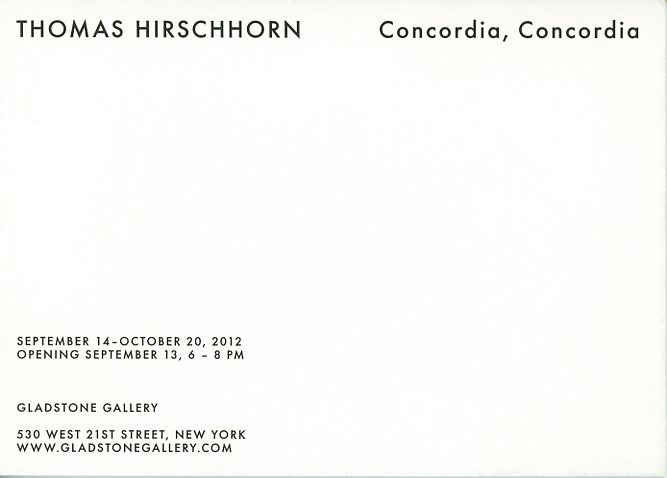
Thomas Hirschhorn’s invitation card for his exhibition Concordia, Concordia at Gladstone. On 13 January 2012 at 21:45, the cruise ship Costa Concordia stuck a rock in the Tyrrhenian Sea off the eastern shore of Isola de Giglio. 32 people died.
Press release: Gladstone Gallery is pleased to present the exhibition “Concordia, Concordia” by Thomas Hirschhorn. The exhibition features a large-scale work inspired by the sinking of the cruise ship Costa Concordia, which ran aground off the coast of Italy in January 2012.
Artist’s Statement:
As many people, I saw the pictures showing the inside of the sunken cruise ship Costa Concordia after the wreck. The floor emerging upright had become a wall, the wall was turned into a ceiling and the ceiling into the opposite wall. Every non-attached thing was floating in water, like a barricade in movement. A barricade made of all that points out the impassable and cumbersome inutility. I was struck by this apocalyptic upside down vision of the banal and cheap “nice, fake, and cozy” interior of the overturned ship. This pictures the uncertainty and precariousness of the past, of the present moment, and of the future. I saw it as an amusing and disturbing but nevertheless logical and convincing form. This must be the form of our contemporary disaster. This must be the ultimate expression of the precarious, which nobody wants to confront. “Get back on board, captain!” shouted the coast guard officer to the already safely landed captain of the Costa Concordia who refused to go back to his vessel. “Get back on board!” means there is definitely no escape – we have to confront the self-produced disaster in its incredible normality – there is no way out, there is no place to flee, there is no safe land anymore! This is the starting point that made me think of and start out to conceive the work “Concordia, Concordia.”
I want to do something Big. To do something Big does not mean to do something monumental or gigantic. If something is Big, it’s because it needs to be Big. One must understand that necessity as such or within its own logic. That’s why, when making things Big, I do it myself, with my own hands, with my own materials, with my own visual vocabulary and with my own work. I do it in order to avoid the “Blow-Up” effect and I do it to avoid falling into the trap of “Pumping the Size.” I want to do a Big work to show that the saying “Too Big to Fail” no longer makes any sense. On the contrary, when something is Too Big, it must Fail – this is what I want to give Form to. I want to understand this as a logic and this is the Form! This is what I want to explore, it is the grounding of my new work “Concordia, Concordia.” “Concordia, Concordia” brings back to mind the disastrous wreck of the cruise ship Costa Concordia and the images of the immersed ship in its confusing architecture. The flooded casino of consumption stands for evidence: the evidence of a coming disaster and the evidence of an announced failure. This is “Concordia, Concordia.” – Thomas Hirschhorn
Karma International
Zurich based gallery Karma International was founded by Marina Olsen and Karolina Dankow in 2009. Initially, they send these invitation cards in the form of small, folded posters.
User comment by Jenny Huang: “With artistic design form for information, roughly printed artist’s work behind. It simply displays the balance between elegance of artistic approach and massive printed invitation. Function based.
 follow
follow